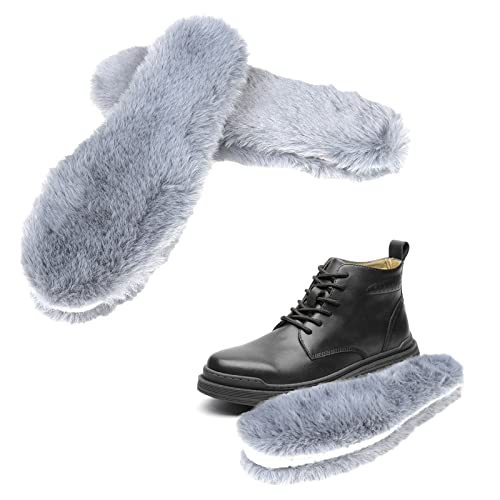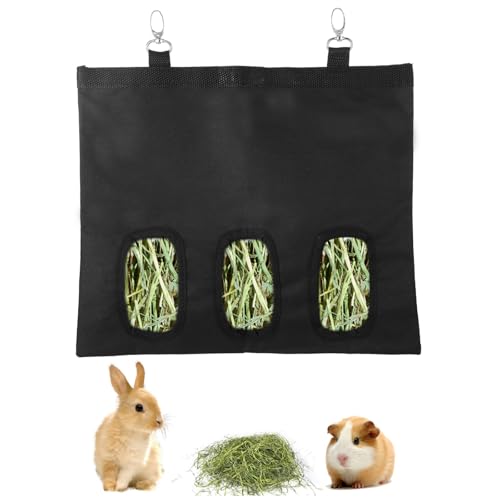There are two different methods for dyeing with lichens (which, by the way, do NOT need a mordant.) You mentioned soaking in alcohol, usually it is a 50/50 mixture of water and clear, non-sudsing ammonia, which is usually found in the grocery store cleaning section. Because lichens are so slow growing, it is not recommended to remove them from their host rock/tree, but instead to use fallen lichens. There are usually plenty found on the path, or blown off the rocks, or on trees destined for firewood, or in danger of being bulldozed.We do have lichens, however I've heard to make the dye they have to be soaked in alcohol for six months?
Take a jar, and half fill it with lichens. Now add 1/2 ammonia and 1/2 water to cover the lichens. Seal the jar, and shake well. Put it somewhere you'll go past it, and give it a shake each time you go past. Once a week or so, remove the lid and let the jar air for a few minutes. In just a few days you'll see the liquid color, but be patient, and wait at least a month before straining out the dye liquid and adding it a dyebath, and processing it with the fiber to be dyed for about an hour over low heat. One jar makes enough dye concentrate to dye quite a few fibers. I've also simply layered the fiber in the jar with the lichens and ammonia water, and let them ferment together with good success. No cooking necessary. This fiber is from Rock Tripe, Umbilicaria, that was soaked with the lichens during fermentation.
 You can also add more ammonia & water to the lichens in the jar, and try a second ferment with the same lichens.
You can also add more ammonia & water to the lichens in the jar, and try a second ferment with the same lichens.However, you can also take the lichens and simply simmer them for an hour or so with your fiber, like any other dyebath, no fermentation needed. Dye books list this as the BW method, for boiling water, even though I think a low simmer is better. This bright orange dye is from the Parmotrema ruffle lichen found perched on many conifer and oak branches, and has been done with simmering method.

Last edited:































